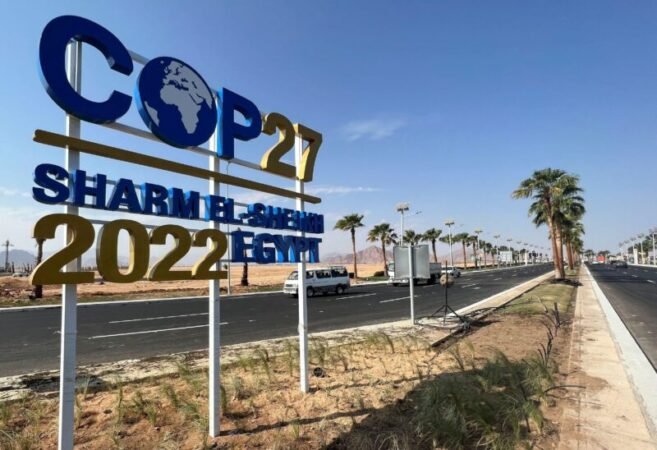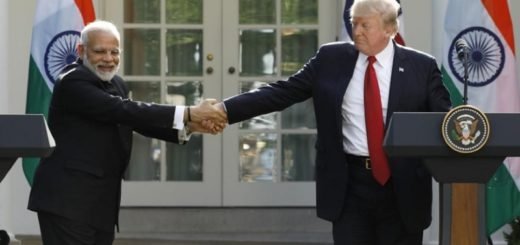New Promises, New Summit COP-27

“Phase down all Fossil Fuel” the statement given by India at the Conference of Parties expands on the meaning of emission from the usage of all fossil fuels, not just Carbon but all unrenewable fossil fuels. The phase-out of coal power pledge was made at Glasgow Climate Pact but it affected India the most as India generates three-quarters of its electricity by burning coal. Hence, India expands on the definition of fossil fuels and double downs on Gulf nations and heavy carbon emitters like The United States of America, the European Union, the United Arab Emirates and China that how is their carbon utilization justified whereas India’s carbon-based electricity production harming. According to IPCC AR6, there is a massive need for cutting down on all fossil fuels and it reaffirms India’s call for equity and climate justice. Like-minded groups of Developing nations that are harmed by the carbon emissions of Developed nations are doubling down on the matter. Wealthy and Developed nations for more than a decade neither had an official discussion on the matter of loss and damage caused to the environment of poor and developing nations due to their carbon-based emission nor funds being provided in order to fight the increasing global warming. Furthermore, the AR6 states that Developed countries rapidly need to decrease their emissions and reach net zero by 2050. However, for the first time, it was on the agenda and India’s call for bringing down the usage of fossil fuels is backed by many nations, not just Developed ones like the United Nations of America, The European Union and the United Kingdom but also 39 nations of the Alliance of The Small Island States putting the Gulf countries in a spotlight.

In accordance with Shram El-Sheikh Conference, India’s Net Zero Plan to achieve zero emissions by 2070 is far fetched plan by which India has also joined the list of countries which have articulated how they will achieve net zero emissions in long term. For this challenging plan, India needs a whopping investment of $10 Trillion to achieve net zero. In keeping up with this plan India needs and aims to explore more into Nuclear power production more and increase it three-fold and transition into a Hydrogen hub as it is near approaching the 20% ethanol blending of petrol goal under the National Hydrogen Mission and Green Hydrogen Hub. Additionally, also aim at public transport and reduction in greenhouse gasses under the Public Private Partnership model and Perform Achieve Trade Scheme.
India on the other hand also updated their NDC along with 27 other countries in order with ‘Implementation of COP’ as to keep the global climate and its temperature under 2 in accords with the pre-Industry levels and prevent any further negative impact. The updated NDC incorporates the ideas of “Panch-Amrit” which PM Modi announced at the Glasgow Summit at COP 26. According to the updated NDC India now stands committed to reducing the emission intensity of its GDP by 45 percent till 2030 from its 2005 level, and achieving 50 percent of cumulative electric power installed capacity from non-fossil fuel-based sources by 2030. But according to Climate Action Tracker India did update its NDC but not its ambition. Further a healthy and sustainable lifestyle “LIFE- Lifestyle for Environment” was added by India to their updated NDC. Moreover, India reaffirms its commitment to the UNFCC and the Paris Climate Agreement and states that India’s NDC does not bind it to any sector-specific mitigation action or mitigation.
India’s contribution to COP27 will be marked by it pressing developed countries for the over-delayed and long-due funds worth $100 billion as climate finance funds and help in developing a more transparent institutional mechanism to make the funds available for the countries that are most vulnerable to climate change.
On the sidelines of COP27, India and Sweden hosted the Leadership for Industry Transition Summit (Lead IT) with the support of the World Economic forum. The initiative aims at and re-emphasizes achieving low carbon emissions and helping developing and emerging economies with technical assistance and finance other cross-sectoral issues.
In the end, the COP stands at a precipice along with the global temperature.



















